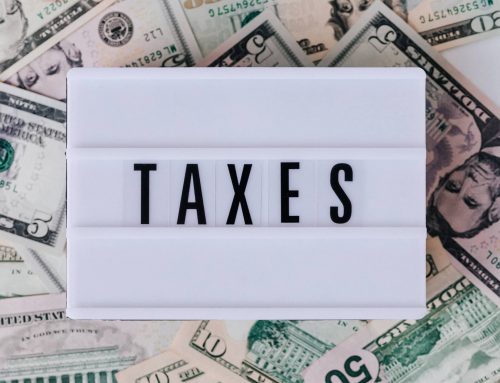An Emergency Fund is a vital corpus that you must keep aside to deal with a crisis. In addition, it is a fund that you can use for an unexpected and unplanned emergency.
Thumb rule for an Emergency Fund
Usually, you need to consider one year’s regular living expenses rounded off to the next higher Rs 1lakh. For example, if a household has an average living expense of INR 30,000 per month or yearly 3.6 lakhs. You would need to save about INR 4 lakhs as an emergency fund. You need to set aside a good emergency fund so as to not panic if your car breaks down or you lose your job, or some significant medical expenses come up.
The size of your emergency fund should indicate a realistic amount, based on how much you can afford to save. In addition, it should be an amount that allows you to feel comfortable.
Once you have saved the emergency fund, you should not leave it as cash or in your bank account, at least not entirely. Even though an emergency fund should be liquid, it is not something you should reach out to often. Therefore, invest it in a manner that you earn fair returns from it without jeopardising liquidity.
An excellent strategy for deploying Emergency Funds
- Place the funds in liquid, short-term floating rate, ultra-short bond or short-term mutual funds.
- Transfer the capital appreciation to a low-cost, diversified equity index fund.
- Your capital remains intact and is available in an emergency.
- Overall, your emergency fund can give excellent returns and grow quite adequately in a 5 – 10 year time frame.




